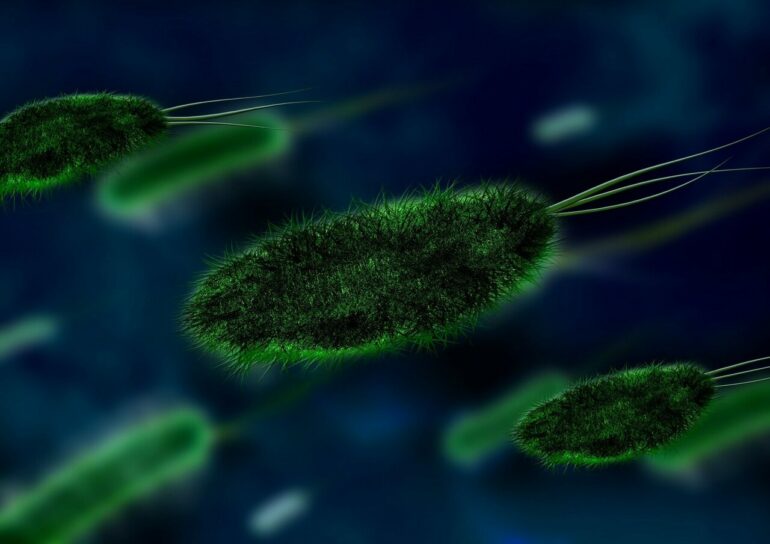When it comes to toxic microbial warfare, the stronger microbe does not always win.
A new Cornell-led study battled strains of yeast manipulated to release different toxins at tunable and controlled rates, finding that the strain with the stronger toxin can only defeat another if its initial invading population exceeds a critical frequency or size.
The research, published Dec. 6 in the journal eLife, has implications for human health since our bodies play host to a diverse biome of microbes. Some of these microbes, notably in the lungs and the intestines, release toxins to prevent invasion from outside pathogenic microbes and in this way can help humans fight infections.
Research has shown that when two microbes on a surface are fighting each other, they tend to behave like oil and water by forming large clusters that are separated by clearly defined boundary surfaces. Andrea Giometto, assistant professor of civil and environmental engineering and lead author of the study, had an intuition that the cause might be related to nucleation, a physical process that leads to a thermodynamic phase or self-assembled structure.
“The analogous idea behind this—nucleation—has existed in physics for a long time,” said Giometto, who conducted the study with researchers from Harvard University. “But this is the first time we see it in the context of microbial population dynamics.”
Giometto uses the idea of bubbles forming in a glass of champagne to describe the concept. A bubble of carbon dioxide can only form if there is an imperfection in the glass of sufficient size to allow bubble formation. There is an energy cost to forming a boundary interface, be it for a bubble or a microbial cluster, and the math underlying the process turns out to be remarkably similar.
The study showed a strong toxin-producing microbe can invade a population of a weaker toxin-producing microbe only if the initial size of the invading microbe—the inoculum—is sufficiently large. If the inoculum is too small, it eventually disappears even though its toxin is stronger.
In addition to performing the experiment on flat surfaces, the researchers also carried out trials in test tubes where the two competing microbial populations were interacting in a liquid medium without having well-defined borders between them. In these trials, the researchers found the same result—the size of the inoculum is the controlling factor in whether the invasion is ultimately successful.
Giometto’s next set of studies will be based off instances of rare and surprising strain mutations observed in the study, in which some strains became resistant to toxins or began producing different ones.
“We have this mathematical model of the ecology that works very well,” Giometto said, “until evolution kicks in. This makes the model not work as well and we are working to incorporate the evolutionary dynamics into the mathematical model.”
Giometto’s work and the mathematical models that result could play a role in future efforts to manipulate naturally occurring microbial communities for environmental and health-related applications.
More information:
Andrea Giometto et al, Antagonism between killer yeast strains as an experimental model for biological nucleation dynamics, eLife 2021. DOI: 10.7554/eLife.62932
Provided by
Cornell University
Citation:
In toxic microbial warfare, study finds strength in numbers (2021, December 7)



